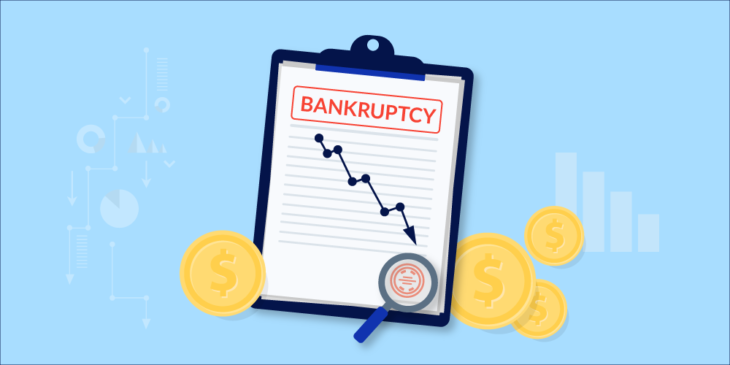A medical emergency can strike at any time, often without warning. While regular health insurance covers hospitalisation expenses, it may not be enough when life-threatening conditions demand prolonged treatment, advanced care, or income replacement. This is where critical health insurance proves its worth. Designed to offer financial support during serious illnesses, it can protect families from financial ruin and provide peace of mind during the toughest times.
When combined with complementary products like personal accident insurance, critical health insurance creates a strong financial shield that ensures medical crises do not turn into bankruptcies.
What is critical health insurance?
Critical health insurance, also known as critical illness insurance, provides a lump sum payout if the insured is diagnosed with a covered illness. This payout is not tied to hospital bills or medical invoices—it can be used freely for treatment, medication, travel, lifestyle adjustments, or even paying EMIs and daily household expenses.
Common illnesses covered include:
- Cancer
- Heart attack
- Stroke
- Kidney failure
- Major organ transplant
- Paralysis
- Multiple sclerosis
This flexibility makes critical health insurance different from standard health plans, which reimburse only hospitalisation costs.
How it protects against bankruptcy
1. Covers expensive treatments
Treatments for conditions like cancer or heart disease can cost several lakhs of rupees. Without adequate cover, families may exhaust savings or take loans. A critical health insurance payout ensures funds are readily available, preventing financial distress.
2. Replaces lost income
Serious illnesses often force patients to take long breaks from work. The lump sum benefit can replace lost income, ensuring families continue to manage household expenses, children’s education, and EMIs.
3. Provides flexibility
Unlike traditional health insurance that pays hospitals directly, the payout under critical health insurance can be used in any way the insured chooses. This flexibility helps families adapt to unique challenges, such as hiring caregivers or seeking treatment abroad.
4. Complements existing health insurance
Critical health insurance works alongside existing health policies. While a standard plan pays for hospitalisation, the critical illness benefit adds an extra layer of financial protection, ensuring no gaps remain.
Why combine it with personal accident insurance?
While critical illness cover focuses on life-threatening diseases, personal accident insurance addresses risks from accidental injuries. Together, they provide holistic protection:
- Accidental death benefit: A lump sum payout to the family in case of accidental death.
- Permanent disability cover: Financial support if the insured is left unable to work.
- Partial disability cover: Compensation for loss of mobility or function, such as loss of a limb or eyesight.
- Temporary disability income: Weekly allowances to manage expenses during recovery.
By combining both covers, families can protect themselves against both illness and accidents—the two biggest threats to financial security.
Additional benefits of critical health insurance
Early detection support
Some insurers now provide payouts for early-stage diagnoses of cancer or cardiac conditions. This ensures immediate treatment without financial hesitation.
No-claim bonuses
Many plans increase the sum insured if no claims are made, creating a larger protection pool over time.
Tax benefits
Premiums paid for critical health insurance qualify for deductions under Section 80D of the Income Tax Act, making it a financially efficient choice.
Wide age eligibility
Plans often cover individuals from 18 up to 65 years, making them suitable for both young professionals and senior citizens.
Who should consider critical health insurance?
- Young professionals: To safeguard future earnings against sudden illness.
- Families with dependents: To ensure financial continuity if the main earner falls ill.
- Senior citizens: To cover age-related risks that are not fully addressed by basic health insurance.
- Self-employed individuals: With no employer-provided cover, they face higher financial vulnerability.
Choosing the right plan
When buying critical health insurance, keep these factors in mind:
- List of covered illnesses: Ensure the policy covers a wide range of conditions, including common lifestyle diseases.
- Sum insured: Choose an amount that matches healthcare costs in your city and provides income replacement for at least 2–3 years.
- Survival period clause: Check how long the insured must survive after diagnosis to receive the benefit.
- Premium vs. coverage: Balance affordability with adequate protection.
- Riders and add-ons: Look for combined plans that also offer personal accident benefits.
Real-world financial impact
Consider the case of a family where the main earner suffers a heart attack. Standard health insurance might cover hospital bills of Rs. 5–7 lakh, but recovery could take months, leading to loss of income. Loan EMIs, children’s fees, and household expenses continue. Without critical health insurance, this could push the family into debt. With it, a lump sum payout bridges the gap, keeping the family financially stable.
Conclusion
Medical crises are unpredictable, but financial preparedness can make all the difference. Critical health insurance offers benefits that go far beyond standard policies—covering expensive treatments, replacing lost income, and providing flexible financial support. When paired with personal accident insurance, it forms a comprehensive safety net that protects against both illnesses and accidents.
In a world where healthcare costs are soaring, ignoring this coverage could expose families to financial ruin. By securing the right plan today, you not only protect your health but also safeguard your family’s financial future.






